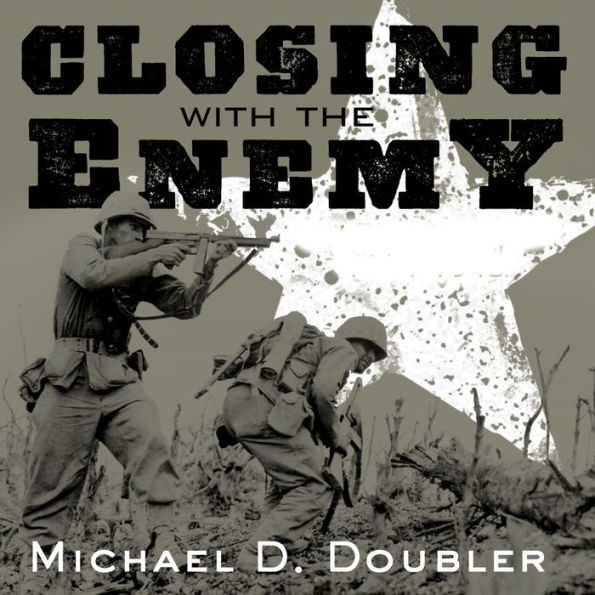"In Doubler’s view, the most important element in overcoming the German opponent was the intelligence of America’s front-line officers and troops and their ability to make sound decisions on the spot. This book is a valuable contribution to our understanding of World War II and warfare in general. It will, no doubt, become required reading among U.S. Army professionals."—Washington Post Book World
"This important book is a watershed in critical thinking that will be cited for years to come. Fluently written and beautifully detailed, it is essential for a complete understanding of American operations in World War II. Highly recommended."—Library Journal
"Doubler has produced a masterful monograph that is an important contribution to comprehending how men and organizations react to—and help shape the outcome of—combat."—Army History
"Doubler’s work is not only a superb story of the American army’s tactical adaptation to the variegated demands of European warfare, it is also a model case study of the dynamics of combat innovation."—War in History
"This book is simply marvelous, in terms of structure, substance and style. With countless fascinating examples, Doubler builds his case meticulously and presents it clearly and coherently. Numerous maps and photographs help to keep the reader in the picture, In the process, Doubler tells an epic story which is both gripping and revealing."—Journal of Strategic Studies
"This is a superb book about warfighting and everyone in the business of training soldiers ought to read it."—Armor
"This is an uncommon book that will expand what you already know about the war, and will help you understand other books with a more narrow focus. It undoubtedly is a must for World War II historians."—Richmond Times-Dispatch
"The best single book I have ever read on the GI and his officers. Destined to become a military classic."—Stephen E. Ambrose, author of D-Day, June 6, 1944: The Climactic Battle of World War II
"Doubler demands persuasively that we show renewed respect for the prowess of the American Army of 1944–1945. All students of the war should read this book."—Russell F. Weigley, author of Eisenhower’s Lieutenants
"A unique analysis of how American combat troops improvised battle techniques in unexpected and extremely difficult battlefield situations. Doubler’s operational coverage is excellent, his writing flows, and his argument is significant not only for the 1944–45 campaigns in northwest Europe, but also for the entire war and even for warfare in general."—Martin Blumenson, author of The Patton Papers
"An important contribution to our understanding of innovation in the U.S. Army under the deadly pressure of combat. It provides new and important insights about the importance of having talented, creative soldiers who can solve problems and adjust to unexpected demands in battle."—Robert A. Doughty, author of The Breaking Point: Sedan and the Fall of France, 1940



